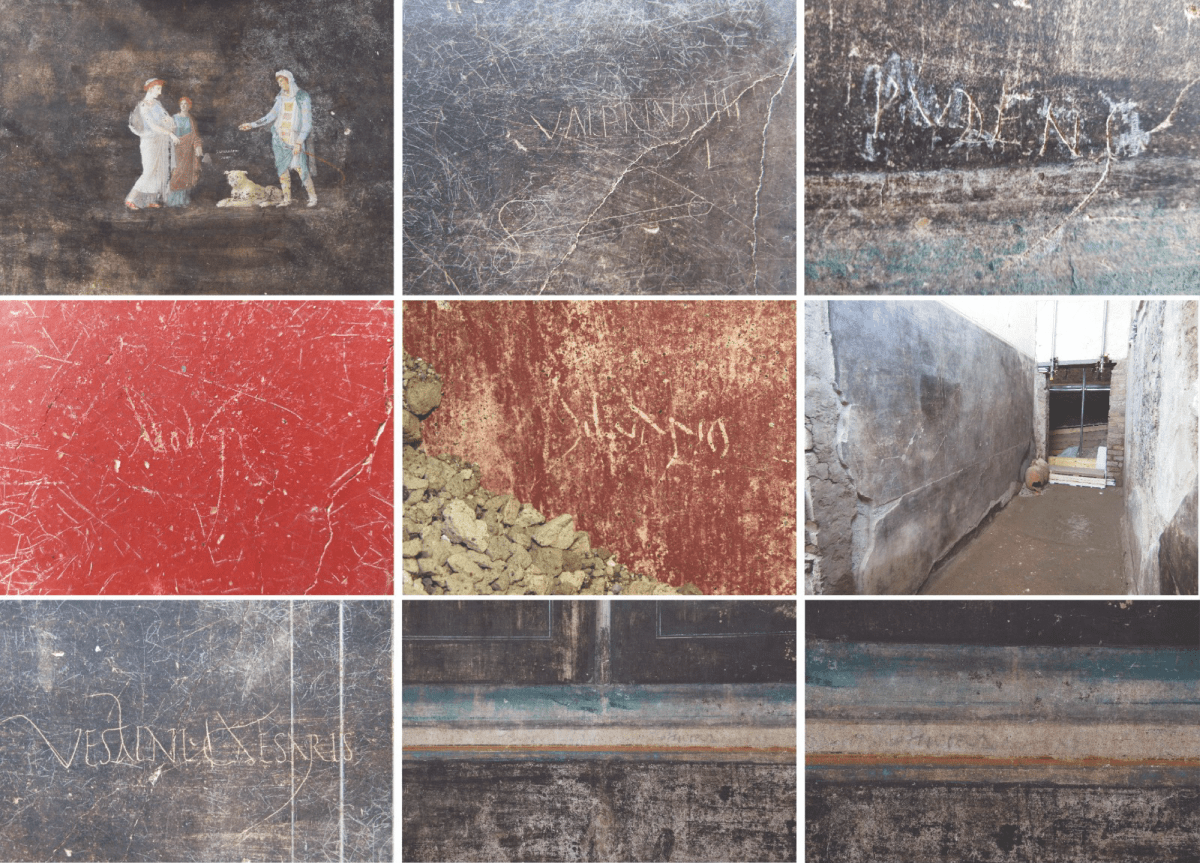
Exceptional discovery in Pompeii: luxury bath complex rediscovered
A domus with private baths and a banquet hall: a rare example of Roman opulence inspired by the ‘Satyricon’
During excavations in insula 10 of Regio IX in Pompeii, a private bath complex of great value emerged, one of the largest and most articulated ever discovered in Pompeii. Next to this complex is a large banquet hall, evoking the atmosphere described in Petronius’ famous “Satyricon”. Gabriel Zuchtriegel, director of the Archaeological Park of Pompeii, has stated that the discovery is among the few comparable with the baths of the Praedia of Julia Felix, the House of the Labyrinth and the Villa of Diomedes.
The Significance of the Convivial Hall
The convivial hall, known as the ‘black salon’, highlights the role of the domus as a centre of representation. Zuchtriegel explained that banquets were key moments to consolidate relationships, promote political ambitions and assert social prestige in Roman society.
Details of the Baths
The thermal complex includes a calidarium (hot room), a tepidarium (warm room), a frigidarium (cold room) and a dressing room (apodyterium), enough to accommodate up to thirty people. The frigidarium, with its 10×10 metre peristyle and a large central pool, is reminiscent of a Greek gymnasium, offering a scenic and functional environment.
A Stage of Power
The decorations in the 2nd and 3rd pictorial styles, depicting subjects from the Trojan War and athletic scenes, gave the domus an aura of culture and erudition. Zuchtriegel observed that the entire structure was designed to impress guests and consolidate the prestige of the owner.
Innovative Excavation Methods
Anna Onesti, director of the excavations, described the innovative excavation method that allowed for the complete preservation of the structures, using temporary supports to prevent the disassembly of unstable elements of the colonnade. This technique will ensure conservation until a future restoration project.
A Heritage to Investigate
The main entrance to the domus was located to the south, with an atrium leading to a monumental peristyle, almost entirely occupying the width of the block. Next to the peristyle were richly decorated rooms, such as a Corinthian oecus surrounded by 12 columns and a megalography in the 2nd style depicting still lifes, including game and fish products. These details, which are still being excavated, offer a rare insight into the daily and public life of the Pompeian elite.
THE LATEST NEWS
-

 News9 ore ago
News9 ore agoMarcianise, ragazzina di 12 anni muore cadendo dalla finestra a scuola
-

 Economia12 ore ago
Economia12 ore agoAssegno unico universale 2026, aumenti in arrivo con la manovra
-

 Primo Piano13 ore ago
Primo Piano13 ore agoTrump valuta un attacco al Venezuela: secondo WP nel mirino basi e laboratori droga
-

 Flash13 ore ago
Flash13 ore agoTragedia a Muggia: madre uccide il figlio di 9 anni















